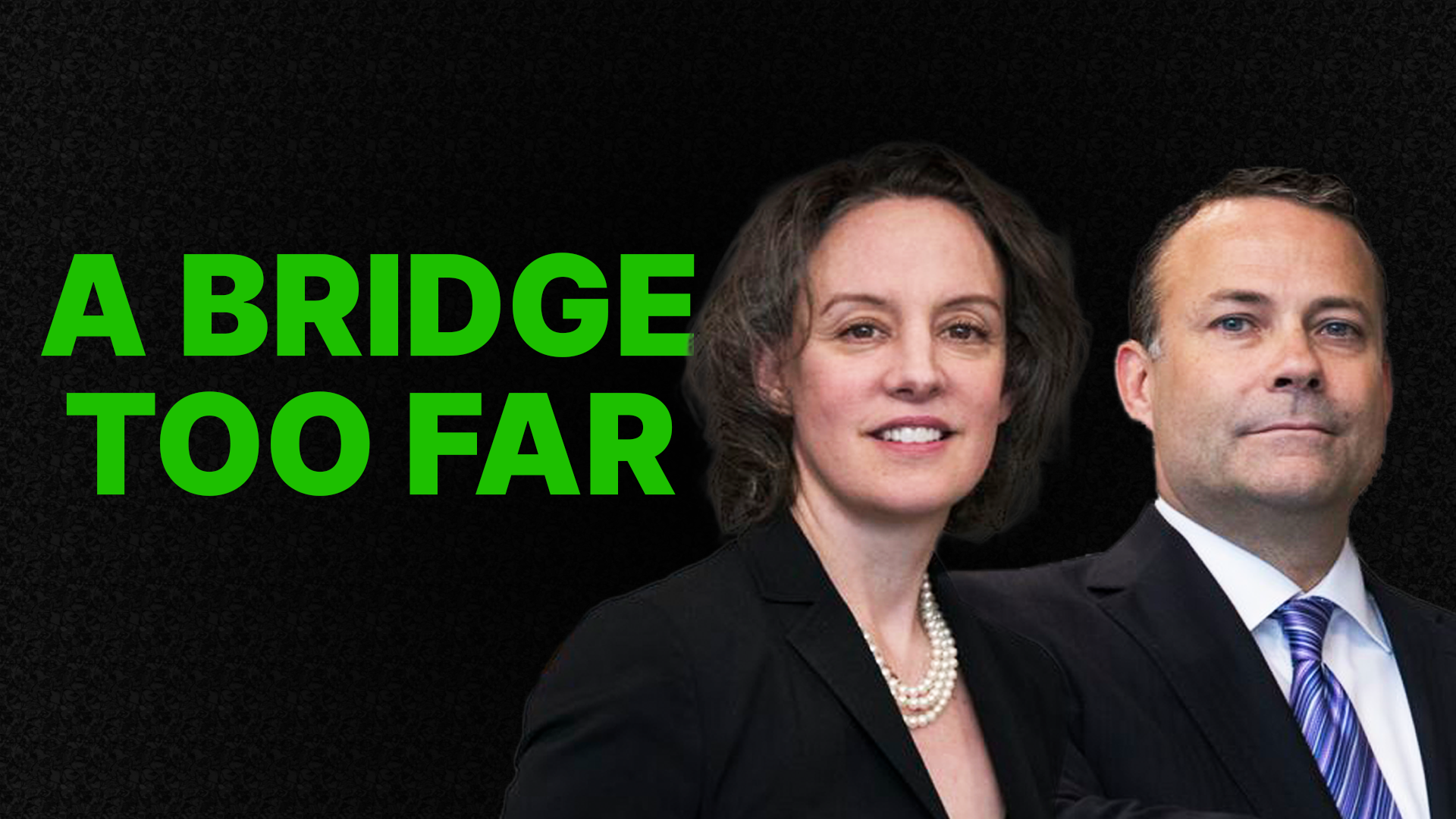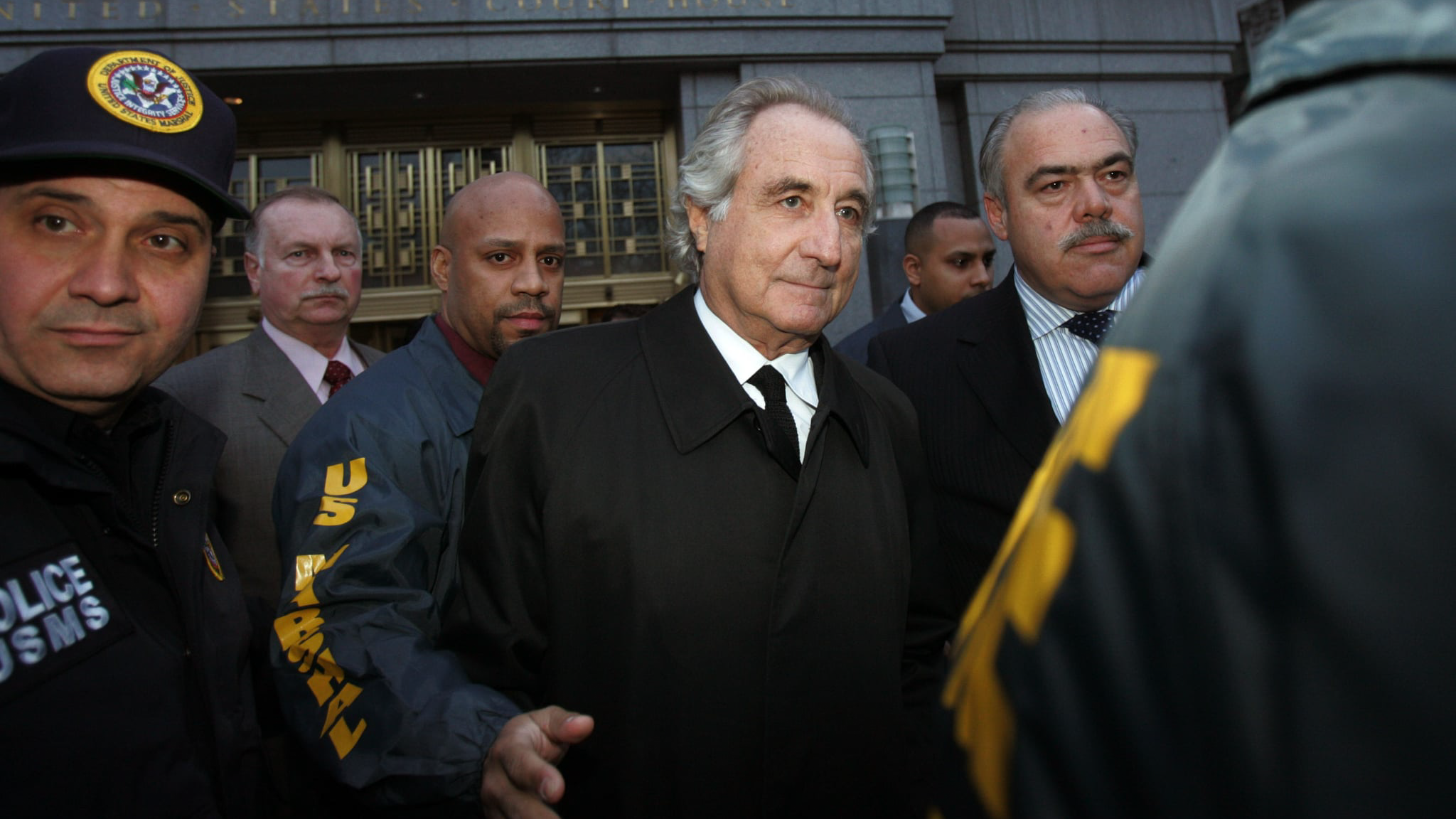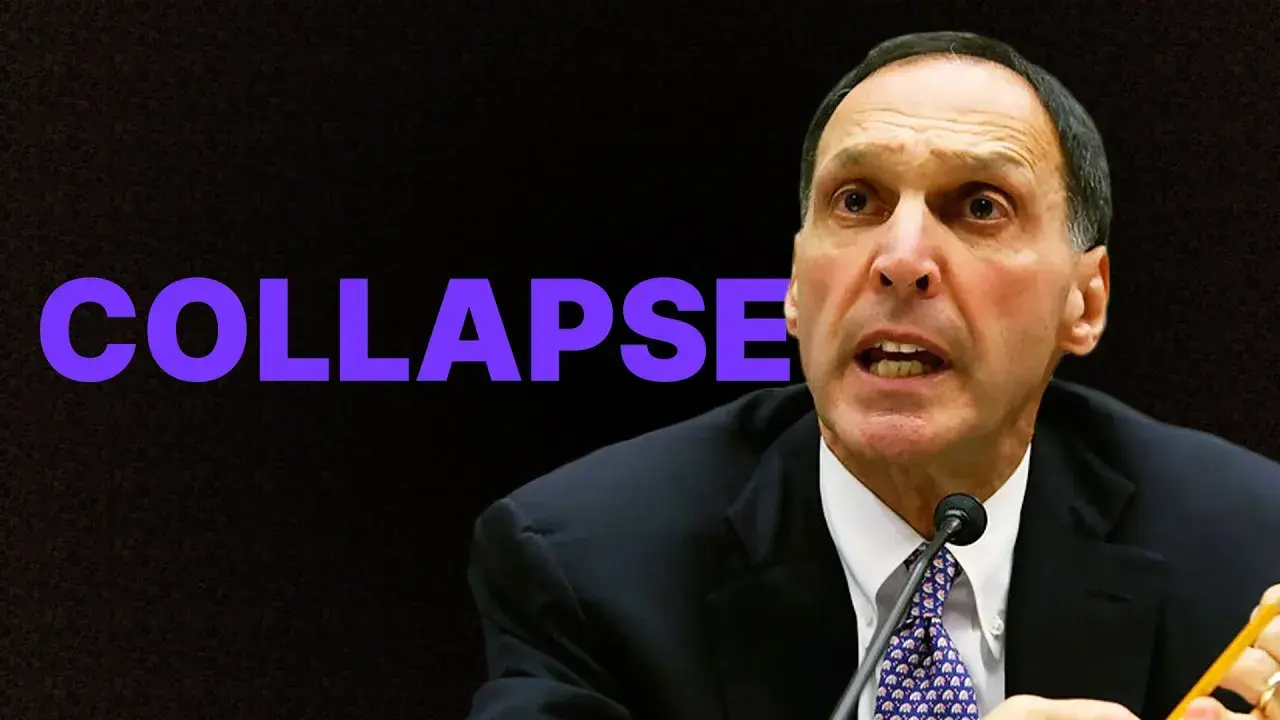How are David and Natasha Sharpe allegedly able to simultaneously mislead over 26,000 investors while also lining the pockets of their own personal bank accounts? In the world of private investments, marketing is as important an asset as the products themselves.
For years, the Sharpes seemed like they could do no wrong in the financial world. Their firm, Bridging Finance, was reporting consistently good returns in a notoriously low-interest-rate environment, which made them popular among retail investors. But in April of 2021, the Ontario Securities Commission ordered Bridging Finance to cease all investing and lending activities. Then-president David, along with CIO, Natasha, were subsequently fired, and the firm was placed in the care of a receiver.
It turns out those abnormally high returns caught the attention of regulators. The company was being investigated on suspicions the firm’s senior executives mismanaged funds and failed to disclose serious conflicts of interest. Zero defaults with high-risk borrowers and eerily consistent returns should have been red flags, but to the outside world, the end product was just enough that no one wanted to question how the sausage was being made. But why would people be suspicious?
The Sharpes appeared highly qualified in risk management. Prior to her joining Bridging, Natasha earned her PhD from the University of Toronto and had worked in financial risk in corporate finance at the Bank of Montreal and Sun Life. And before he was the CEO, David spent four years as Director of Investigations for the Mutual Fund Dealers Association of Canada. Among the chief allegations levied against the firm is the notion that Bridging had severely misrepresented the valuations of several loans they held within their funds.
The Sharpes were able to do this, in part, through dealings with Sean McCoshen, an entrepreneur whose company’s loans accounted for a considerable portion of Bridging’s portfolio. The most blatant example of this comes in the form of McCoshen’s Alberta-Alaska railway company, also known as A2A. A venture that was to construct a railway between Northern Alberta and Alaska. Despite assurances made to investors that Bridging had strict lending requirements, court documents revealed that the loan to A2A was struggling, and the collateral offered didn’t have any hard assets and instead was based on evaluation of “intangible intellectual property.”
Bridging Finance charged higher interest rates to lend to riskier parties, but nearly half of their loan portfolio in all loans to McCoshen’s companies did not pay cash interest. Instead, interest was deferred until loan maturity, sometimes referred to as an extend and pretend strategy. The Sharpes were able to continue to charge high management fees despite the underlying company’s increasingly dwindling prospects of repayment. As a result of these deals, about 19.5 Million dollars in bridging funds found their way into David’s personal bank account. A portion of this money was transferred to known tax haven Liechtenstein. There was 1.9 million used for home renovations, and $228,000 was tied up in luxury car payments.
Despite repeatedly denying any wrongdoing, as things began to heat up, Sharpe ordered the deletion of thousands of emails. And one of the search terms targeted amongst the 34,000 messages that were deleted was Sean McCoshen. He then closed the personal bank account in question, just days after investigators queried him about the transfers. Receiver Price Waterhouse Cooper put Bridging’s loan portfolio of between 32 and 42% of its stated value. The 2.1 billion that investors had in the company’s funds is actually worth somewhere between 700 and 900 million, meaning roughly 1.3 billion dollars of investors value would be lost. There are many adages that apply to investing, and as the case of Bridging Finance shows, when things seem too good to be true, they usually are.





